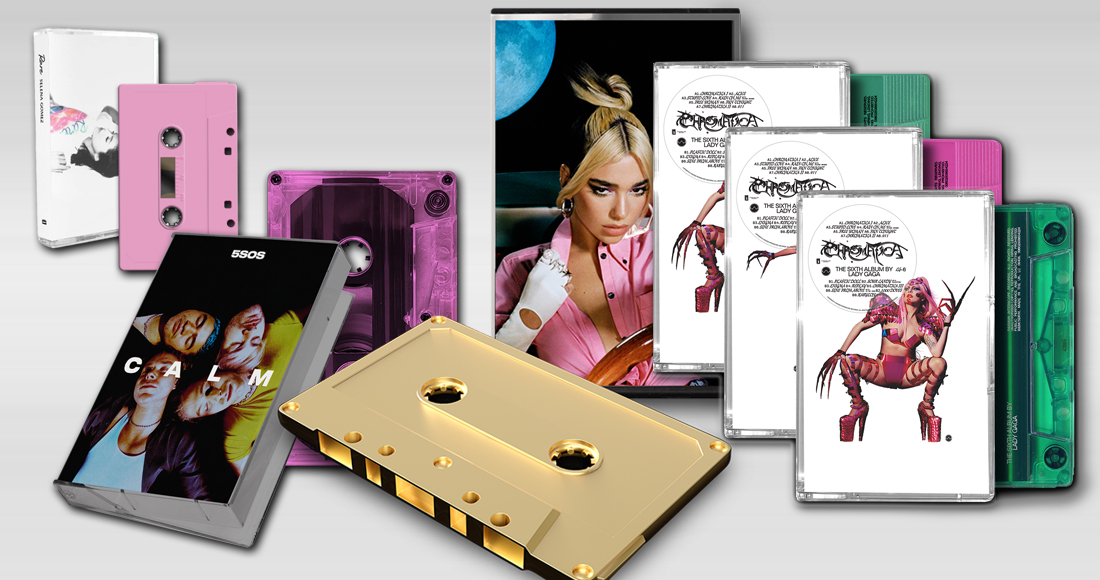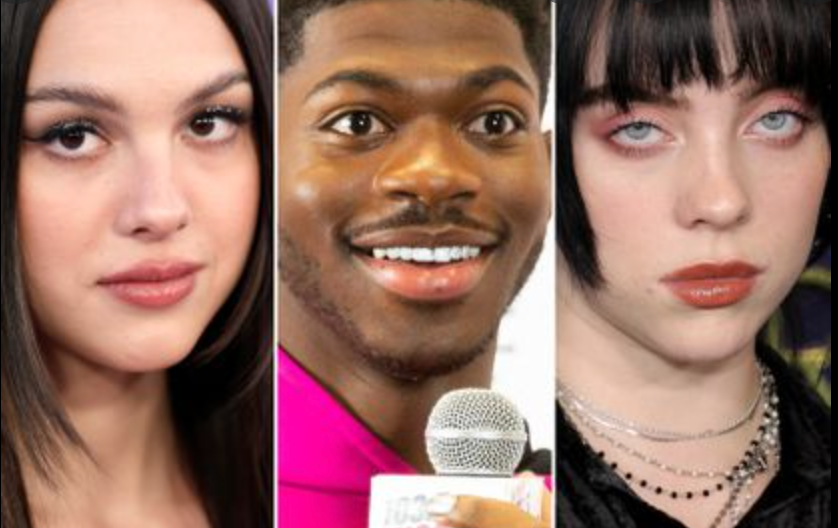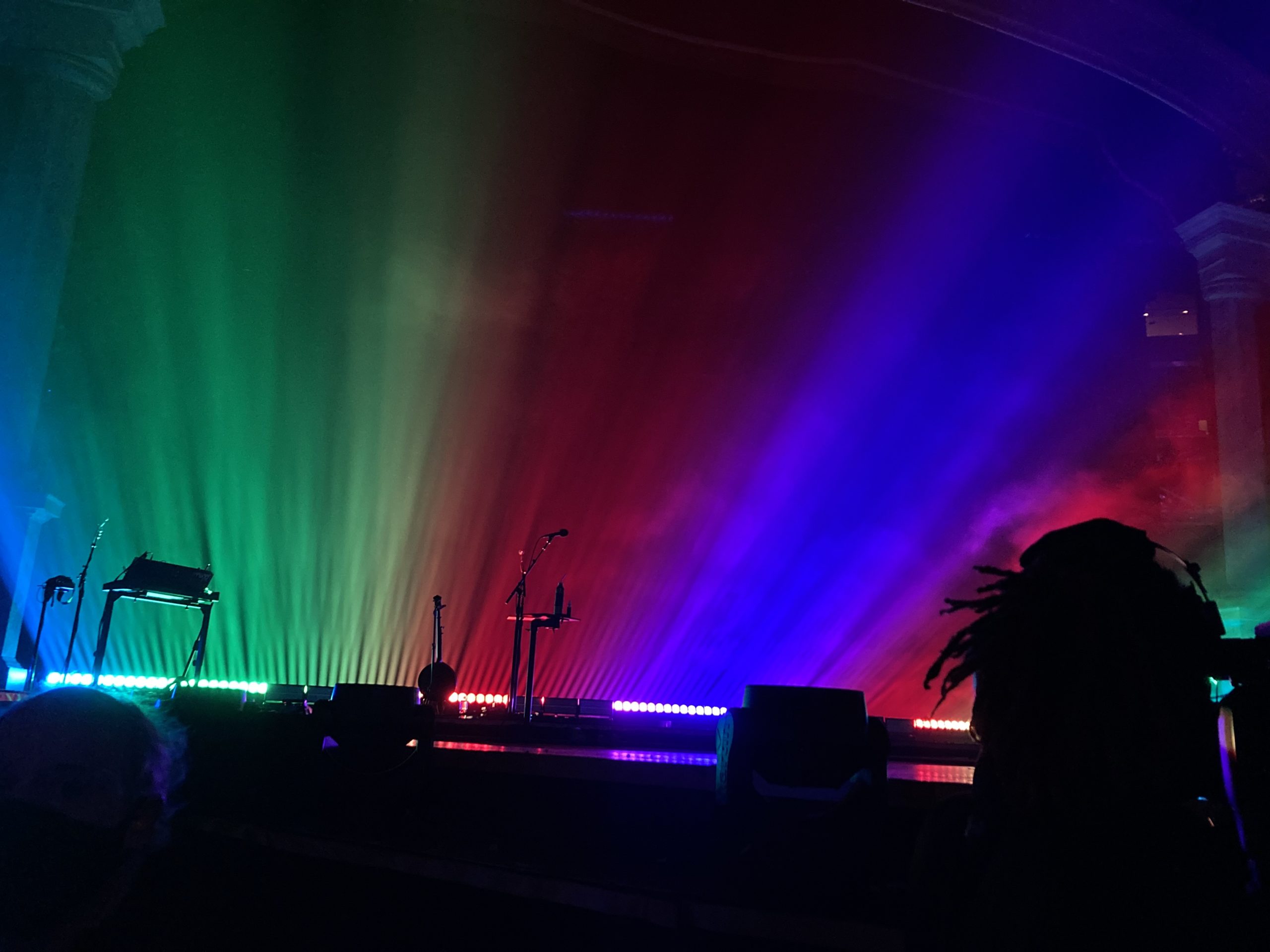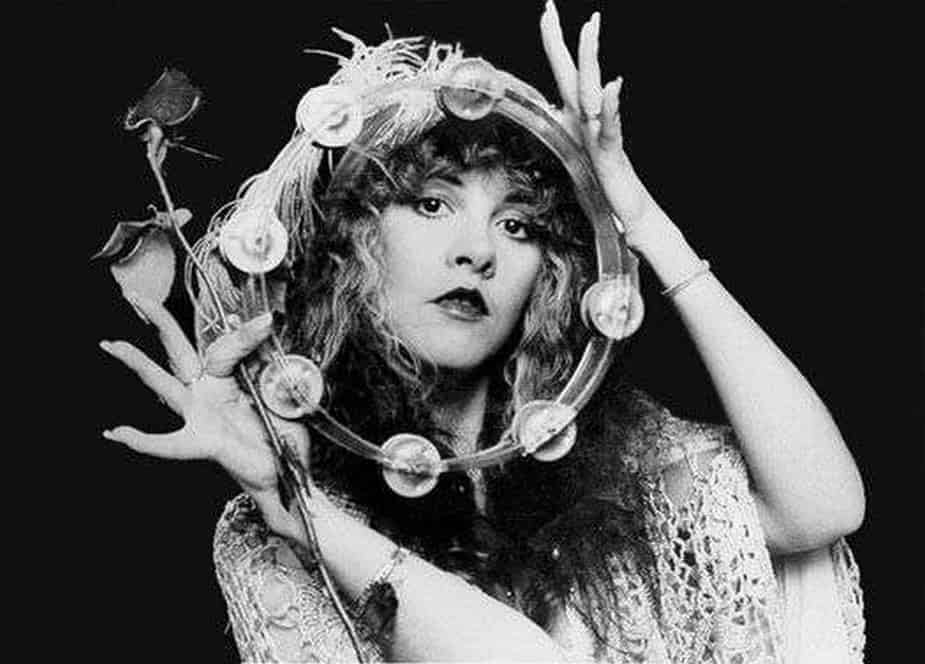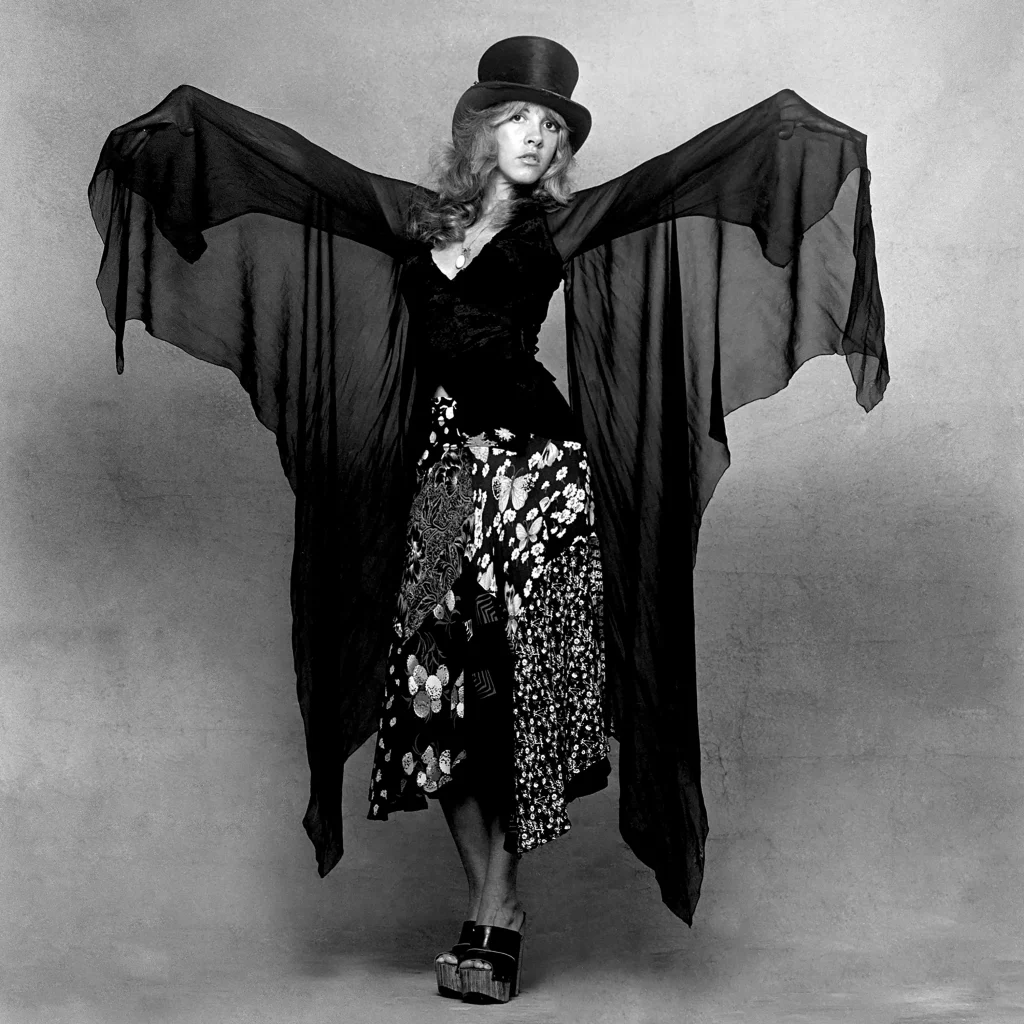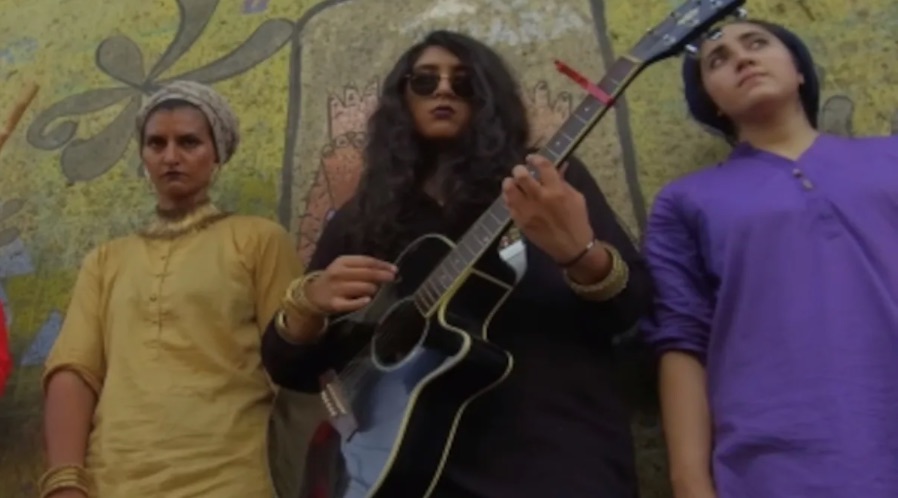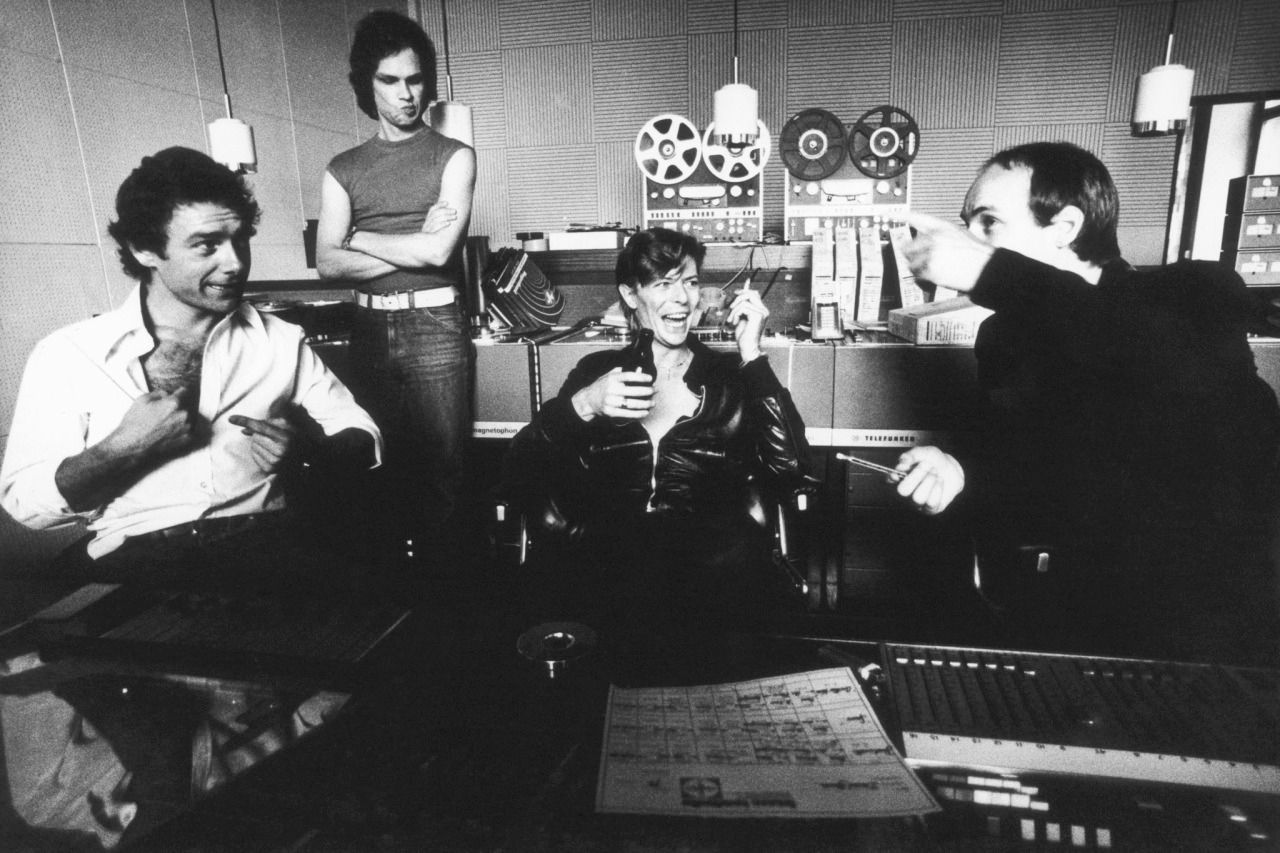
Tunnel Songs : Breaking Down Cinematic Use of Berlin and Bowie
Music matters deeply to the emotive value of a film. The sonic emotion determines the interpretation of the viewer and their own emotive association to a scene. Recently I happened to watch the films Perks of Being a Wall Flower and Jojo Rabbit within the same week. I realized that both used David Bowie’s song Heroes in scenes where freedom in the face of despair were being conveyed. Being a massive Bowie fan, I did a deep dive to see if the lyrical and production context intended the song to convey this mood, or if the song was being used against Bowie’s creative intentions.
Heroes appeared on the album Heroes created by Bowie in 1977. Heroes is a part of the “Berlin Trilogy” of Low, Heroes, and Lodgers. All of these albums were created in some way in Berlin. However only Heroes was the only album created entirely in Berlin. Bowie wrote and recorded the song in a studio in Berlin that was directly next to the Berlin wall. He could see the wall outside the window of the studio. Heroes the song is the only one of Bowie’s song’s to be translated to German.
Bowie credited the song to Toni Visconti. Visconti was in love with someone who he would meet by the Berlin wall. Bowie was inspired by this and wrote Heroes as a fictional tale about two lovers who were separated by the Berlin Wall, but still hoping to be romantically involved. However, many critiques believe that the song also reflects the relationships that Bowie was having with men in Berlin, as he often went to a gay bar nearby the wall. While Bowie came out as gay in 1972, Bowie was married and had a son at the time of this interview and was still married during the full time of his Heroes album creation. He had gone to Berlin to escape the drugs and alcohol problems he had acquired during his rise to stardom. Together his escapism from the addictions found in fame, as well as sexuality led critiques to believe the song is also about Bowie and spirited life, not just Visconti’s experiences of love by the wall.
In the song, there is a lyric “Standing by the wall, and the guns, short above our head, and we kissed, as though nothing could fall and thee shame was on the other side, we can bear them forever and ever” (Heroes). These lyrics show the clear illation of the Berlin wall and its violence and separation. Atonally the line about the wall would not fall, is not saying that they kissed inspired by the wall, instead, it is saying they had the utmost power in the face of adversity. While the wall “would never” fall they would continue to be in love and be heroes in their steadfast love for one another. Early in the song it says, “bother will keep us together, we can beat them, forever and ever” (Heroes). This shows their love in the face of adversity.
While I can never know if Bowie would approve of Perks of Being a Wall Flower or Jojo Rabbit I do think the songs are used to convey the emotion that Bowie was trying to portray. The song’s message of love’s ability to overcome political and physical barriers portrays the hope that both Perks of Being a Wall Flower and Jojo Rabbit aim to convey in their respective Heroes scenes.
